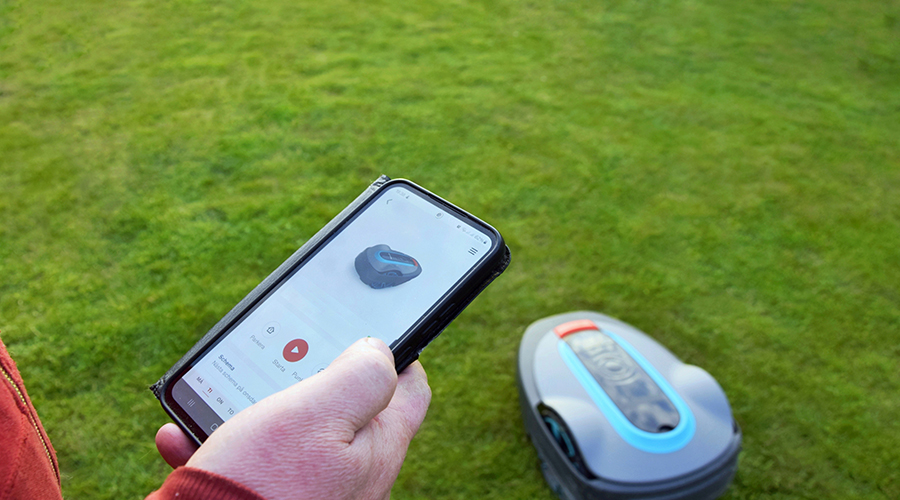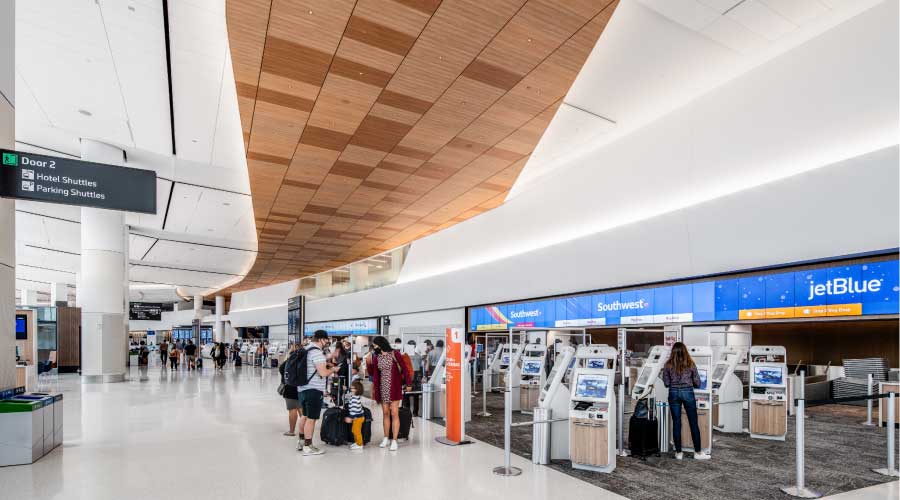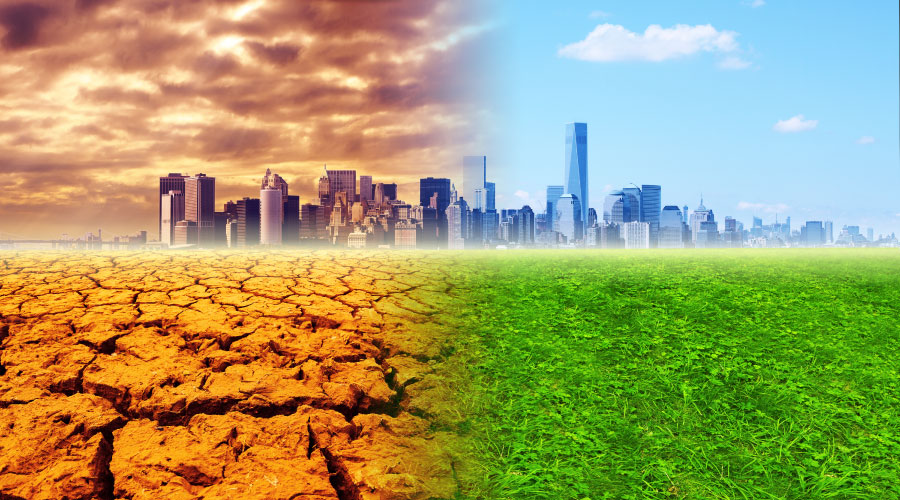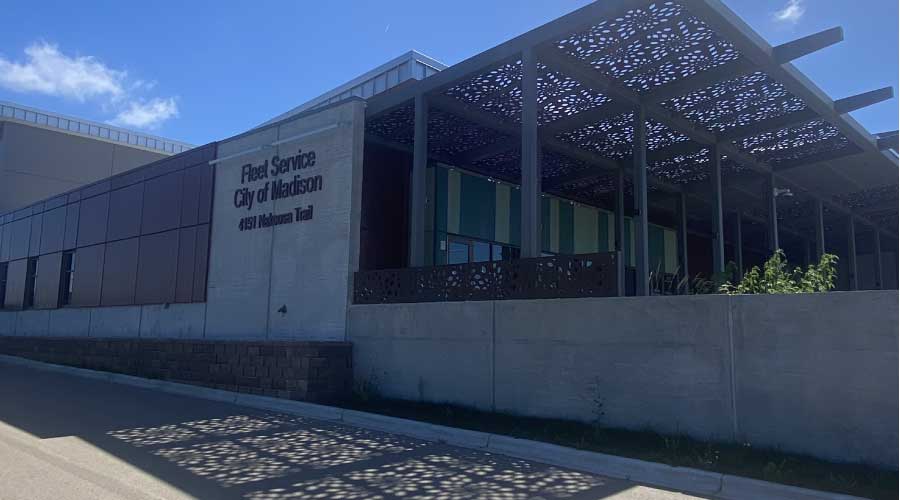LEED Sustainable Sites Tips
Considering how the site on which a building sits affects its surroundings is one of the most important considerations in the built environment/natural environment relationship. The idea is to minimize the facility’s impact on its surrounding environment.
Some examples of strategies LEED asks facility executives to consider include: implementing strategies to limit light pollution; creating more green space with native plants and trees to counteract the heat island effect; retaining or detaining stormwater runoff to lessen the strain on sewer systems; and providing access to public transit and alternative transportation, thereby reducing parking capacity needs.
By following LEED’s guidelines, facility executives can conserve the basic nature of the site — preserving air quality, water and energy while optimizing their use — to achieve sustainability.
Related Topics:

















